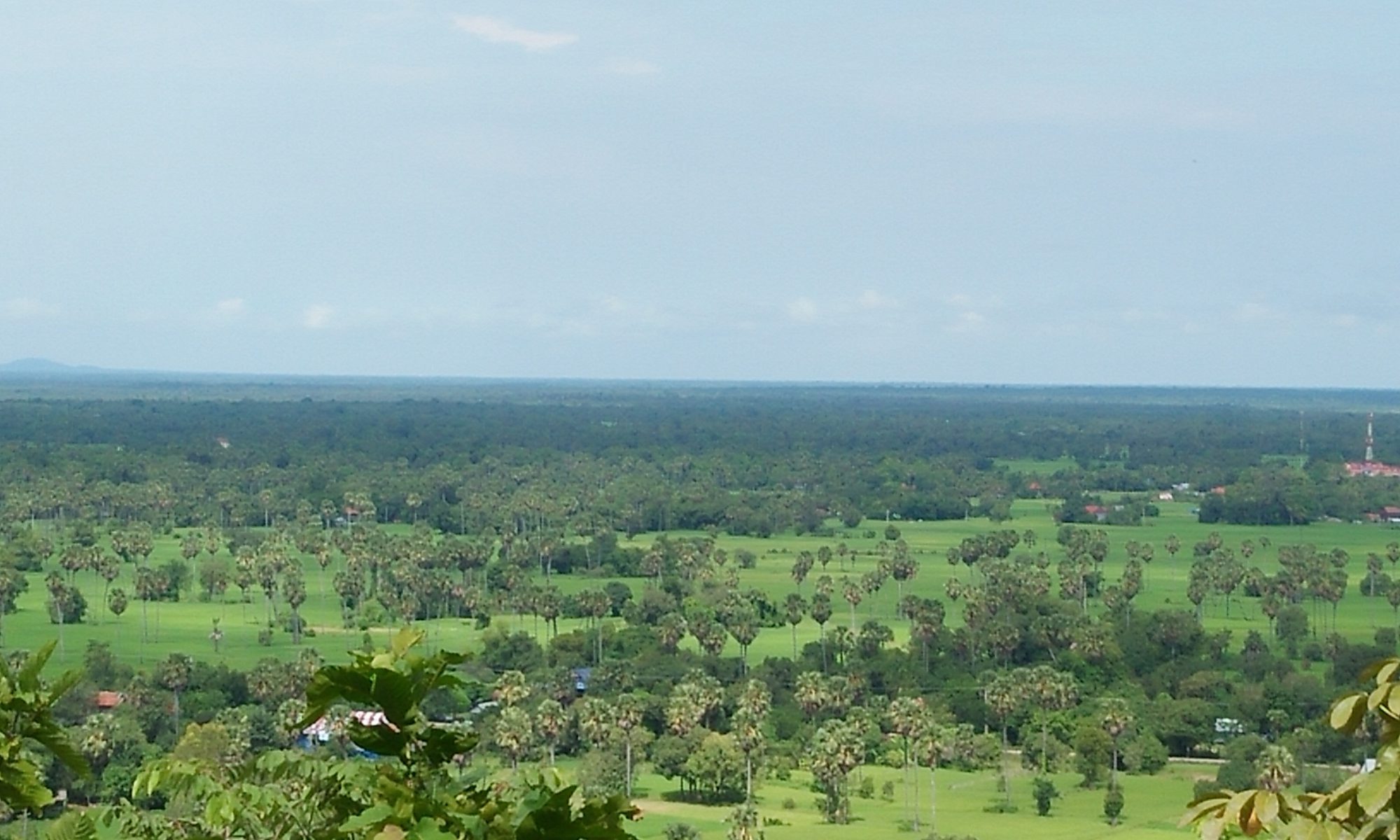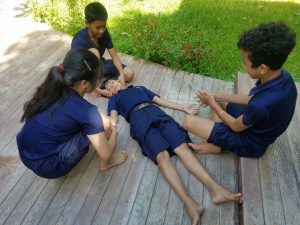In this round, when Hannah announced my name that I am in the Robotic exploration, I was excited and happy, because in that exploration there will be a competition in Singapore which mean I will be going to Singapore for the competition. It sounds fun and exciting, but we need to build a robot and do a lot of research for the competition. On the first day of our exploration, we had read about the competition and rules during for the competition. The competition named First Lego League with the 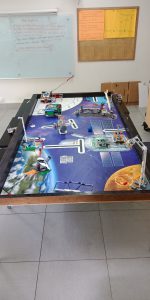 theme of space. We just knew that the theme is about space, but we didn’t know our group and what we are going to do that first. Our facilitator ( Cindy ) just told us to look at the challenge in the first half of class, and the last halt built the mission station. There are ten missions station with 15 missions. Also, we learned how to code and which program we used to code for our mission. After we had known about the code and the challenge, we had divided into two groups of five people. Each group needs to decide the problem that the astronauts are facing during space. My group members are Angely, Pheakdey, Vitou, Kakruna P, and I. At first we decided to choose astronauts bone problem while there are in space for a long duration. Why bone?
theme of space. We just knew that the theme is about space, but we didn’t know our group and what we are going to do that first. Our facilitator ( Cindy ) just told us to look at the challenge in the first half of class, and the last halt built the mission station. There are ten missions station with 15 missions. Also, we learned how to code and which program we used to code for our mission. After we had known about the code and the challenge, we had divided into two groups of five people. Each group needs to decide the problem that the astronauts are facing during space. My group members are Angely, Pheakdey, Vitou, Kakruna P, and I. At first we decided to choose astronauts bone problem while there are in space for a long duration. Why bone?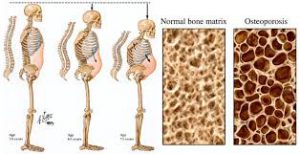
Our bones usually have cells that help to break down the bones and cells that help to repair the bones to maintain rigidity in the bones. This actions usually happens when we put stresses on the bones including walking or exercise. This is a kind of bone stimulus. The problem of bone loss in space is caused by the absence of gravity. When there is zero gravity, bones cannot function the stimulus equally anymore. Mostly, the cells that help break down the bones will be more active than the ones who help to build, which will cause the bones to lose their masses. Furthermore, when there is zero gravity, Calcium and minerals will pure out of the bones and cause the bones to weaken even more. The disease that will occur in this case is called Osteoporosis (a medical condition in which the bones become brittle and fragile from loss of tissue, typically as a result of hormonal changes, or deficiency of calcium or vitamin d. The effect will be more likely for the lower parts of your body like your legs, spines, and your hips. However, exercise can counteract that stimulus (walking, running, using a treadmill. Bone loss in space isn’t exactly the same as the disease of osteoporosis because scientists have found hormonal causes to the disease while the bone loss in space is caused by the loss of gravity. Bone is a really dynamic tissue (Donahue, NASA). It will become bigger (because of the cells which are helping to build the bones) when there are more demands or stresses put onto it on Earth. In contrast, in the micro-gravity world, the bones do not have much stresses or demands to move on it. Therefore, cells do not help to build new bones to replace the bone that is lost by the damaging cells which cause the bones to lose its masses.
After we had researched about a bone for a few days, our facilitator gives us an advice that others group that competes with us might choose bone problem too, because in the challenge guide they had mentioned about the bone problem too. So my team does a lot of more research about the problem that astronauts face in space. We spent about two days and we had come up with another’s problem which is a circadian problem. Why the circadian problem?
In space, astronauts float around. That makes them feel the same way when they sleeping and not sleeping.
This process is regulated by the complex interaction of many factors such as light, temperature, posture, and feeding. So we tend to sleep when it’s dark, we lie down when we sleep, we don’t eat when we should sleep, and our body temperature drops to a minimum while asleep.
The sleep biological clock works because of
Light
Temperature
Posture
Feeding.
A circadian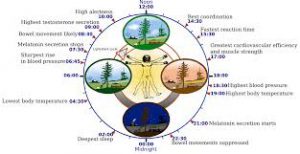 n rhythm is an internal clock inside your body, which function through the light. The astronaut must not look at the screen of the devices before bed because it could easily mess up the internal clock schedule as it confuses that it is still day time. Sleeping and waking up at the same time every day is really helpful for good sleep. Astronaut should set their own sleeping schedule for more efficient sleeping. Our eyes have light sensors that tell us when to sleep, eat and do many other things.
n rhythm is an internal clock inside your body, which function through the light. The astronaut must not look at the screen of the devices before bed because it could easily mess up the internal clock schedule as it confuses that it is still day time. Sleeping and waking up at the same time every day is really helpful for good sleep. Astronaut should set their own sleeping schedule for more efficient sleeping. Our eyes have light sensors that tell us when to sleep, eat and do many other things.
The sunlight tells our body when to sleep and eat. Circadian rhythm is the biological clock that regulates the alertness, sleepiness, tiredness, and wakefulness. As they travel in the orbit of the earth, Astronauts will experience one sunset or sunrise every 45 minutes.
There are a lot of sleep disturbances that astronauts in space face because of uncomfortable temperature, noise, radiation and they experience what people who work as night-shifts experience. It is like when we travel to a lot of different countries and getting jet-lagged, it is the same experience for astronauts but only in a different environment. There are a lot of different researches and studies on that. (Flynn-Evans and her team at Ames worked with Harvard Medical School and Brigham and Women’s Hospital, both in Boston, to conduct a study to evaluate causes of sleep deficiency hand the use of sleep-promoting medication by astronauts during spaceflight.) Often times in space, mission completion will contain tasks that need to be done in the biological night and sleep during the biological day, it leaves huge effects on Astronauts body in space.
During the experiment in space, NASA researcher had interviewed the astronauts and journals entries in order to better understanding of how they were being affected by sleep loss. They discovered that international space station astronaut, as well as shuttle astronauts, slept just six hours per night on average. In the mornings when light first hits our eyes, our body temperature and our blood pressure begin to rise, our heart rate increase, and there is a delay in the release of melanin which helps us wake up. Throughout the day of circadian rhythm increase and even has a dip during the day before decreasing at night as our body functions slow down and melanin begins to release again to help us sleep again.
After we had researched for a week, my team had decided that circadian problem is our final problem to research for the solution.
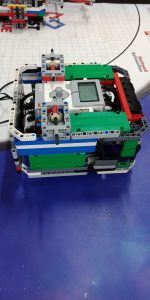 For the competition not just finding the problem and find the solution for that problem. We also need to complete the mission that is all on the mission board to get more point. In order to complete those missions we need to build the robot and code the program to control the robot to complete the mission. There is 15 mission in total and we need to complete those mission as much as possible in 2:30 minutes, which is in a short amount of time. In each mission there different point which depends on how hard is a mission and how easy the mission is. If we got a lot of points or the most point, there will be price and trophy for the winner. It is not easy to win the trophy because there are 4000 other teams from many different country in the world that involve in the competition.
For the competition not just finding the problem and find the solution for that problem. We also need to complete the mission that is all on the mission board to get more point. In order to complete those missions we need to build the robot and code the program to control the robot to complete the mission. There is 15 mission in total and we need to complete those mission as much as possible in 2:30 minutes, which is in a short amount of time. In each mission there different point which depends on how hard is a mission and how easy the mission is. If we got a lot of points or the most point, there will be price and trophy for the winner. It is not easy to win the trophy because there are 4000 other teams from many different country in the world that involve in the competition.
Throughout the context, it seems hard but by the way, it fun to work in a group and giving a lot and a lot of ideas. I hope that during the competition my team robot would work well and throughout our hard work would win at least one trophy of the competition.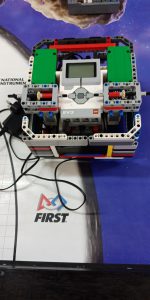
Do your work with your whole heart, and you will succeed. There’s so little competition. ( Elbert Hubbard )
